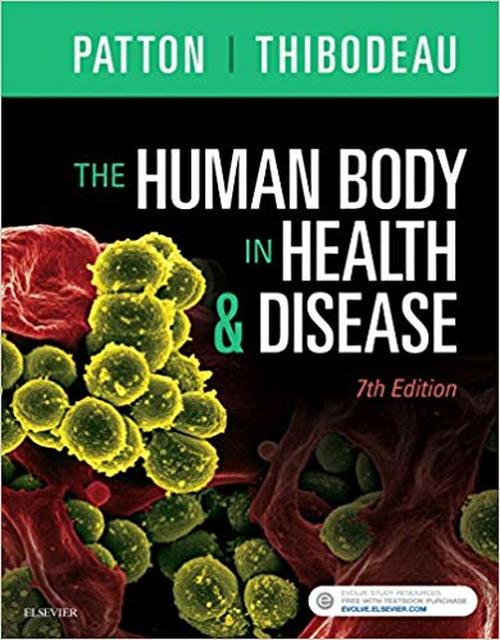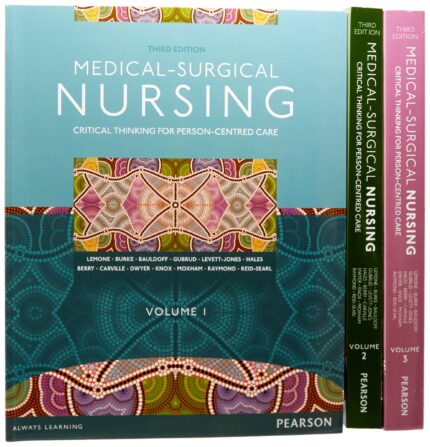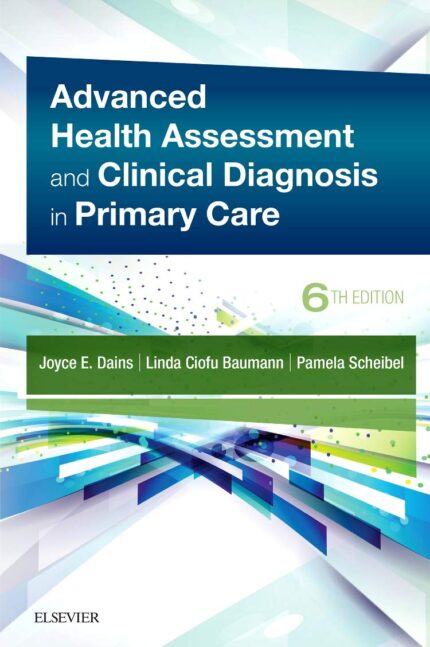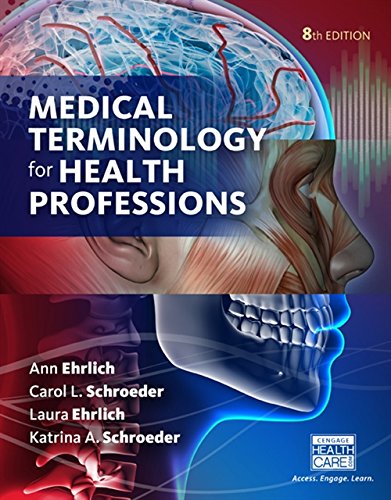Test Bank for The Human Body in Health and Disease 7th Edition by Patton
MULTIPLE CHOICE
1. Which word is derived from the Greek word meaning “cutting up”?
| a. | Dissection |
| b. | Physiology |
| c. | Pathology |
| d. | Anatomy |
ANS: D PTS: 1 DIF: Memorization
REF: P. 3 TOP: Introduction
2. Which word is defined as the study of the function of living organisms and their parts?
| a. | Dissection |
| b. | Physiology |
| c. | Pathology |
| d. | Anatomy |
ANS: B PTS: 1 DIF: Memorization
REF: p. 3 TOP: Introduction
3. Which word is defined as the scientific study of disease?
| a. | Dissection |
| b. | Physiology |
| c. | Pathology |
| d. | Anatomy |
ANS: C PTS: 1 DIF: Memorization
REF: P. 3 TOP: Introduction
4. Cells
| a. | are more complex than tissues. |
| b. | are the first level of organization in the body. |
| c. | are the smallest living units of structure and function in the body. |
| d. | both B and C. |
ANS: C PTS: 1 DIF: Application REF: p. 6
TOP: Structural levels of organization
5. A group of cells that act together to perform a function is called a(n)
| a. | molecule. |
| b. | organ. |
| c. | tissue. |
| d. | organism. |
ANS: C PTS: 1 DIF: Memorization
REF: p. 6 TOP: Structural levels of organization
6. The heart is an example of a(n)
| a. | organ. |
| b. | tissue. |
| c. | organism. |
| d. | system. |
ANS: A PTS: 1 DIF: Application REF: p. 6
TOP: Structural levels of organization
7. The levels of organization from most simple to most complex are
| a. | cell chemical organ tissue system. |
| b. | tissue cell chemical organ system. |
| c. | chemical tissue cell organ system. |
| d. | chemical cell tissue organ system. |
ANS: D PTS: 1 DIF: Memorization
REF: p. 5 TOP: Structural levels of organization
8. When using directional terms to describe the body, it is assumed that the body is in what position?
| a. | Supine |
| b. | Anatomical |
| c. | Lateral |
| d. | Prone |
ANS: B PTS: 1 DIF: Memorization
REF: p. 7 TOP: Anatomical position
9. The supine position
| a. | describes the body lying face up. |
| b. | is also called anatomical position. |
| c. | describes the body lying face down. |
| d. | both A and B. |
ANS: A PTS: 1 DIF: Memorization
REF: p. 7 TOP: Anatomical position
10. The prone position
| a. | describes the body lying face up. |
| b. | is also called the anatomical position. |
| c. | describes the body lying face down. |
| d. | both B and C. |
ANS: C PTS: 1 DIF: Memorization
REF: p. 7 TOP: Anatomical position
11. Because humans walk upright, the term dorsal can be used in place of the term
| a. | inferior. |
| b. | posterior. |
| c. | anterior. |
| d. | distal. |
ANS: B PTS: 1 DIF: Memorization
REF: p. 7 TOP: Anatomical direction
12. The opposite term for posterior in humans is
| a. | superior. |
| b. | anterior. |
| c. | ventral. |
| d. | both B and C. |
ANS: D PTS: 1 DIF: Application REF: p. 7
TOP: Anatomical direction
13. The opposite term for superficial is
| a. | deep. |
| b. | inferior. |
| c. | posterior. |
| d. | medial. |
ANS: A PTS: 1 DIF: Memorization
REF: p. 7 TOP: Anatomical direction
14. The body section that divides the right ear from the left ear is a _____ section.
| a. | frontal |
| b. | sagittal |
| c. | coronal |
| d. | transverse |
ANS: B PTS: 1 DIF: Application REF: p. 9
TOP: Planes or body sections
15. The body section that divides the nose from the back of the head is a _____ section.
| a. | frontal |
| b. | sagittal |
| c. | midsagittal |
| d. | transverse |
ANS: A PTS: 1 DIF: Application REF: p. 9
TOP: Planes or body sections
16. A section that divides the body into mirror images is a _____ section.
| a. | frontal |
| b. | coronal |
| c. | midsagittal |
| d. | transverse |
ANS: C PTS: 1 DIF: Application REF: p. 9
TOP: Planes or body sections
17. The two major body cavities are called
| a. | thoracic and abdominal. |
| b. | thoracic and pelvic. |
| c. | dorsal and ventral. |
| d. | mediastinum and pleural. |
ANS: C PTS: 1 DIF: Memorization
REF: p. 9 TOP: Body cavities
18. The liver can be found in the
| a. | upper right quadrant. |
| b. | epigastric region. |
| c. | hypogastric region. |
| d. | both A and B. |
ANS: D PTS: 1 DIF: Application REF: p. 10
TOP: Body cavities
19. The word “leg” correctly describes the
| a. | area from the hip to the foot. |
| b. | area from the knee to the ankle. |
| c. | area between the hip and the knee. |
| d. | femoral area. |
ANS: B PTS: 1 DIF: Memorization
REF: p. 13 TOP: Body regions
20. The human body tries to maintain a constant body temperature. This is an example of
| a. | homeostasis. |
| b. | a positive feedback loop. |
| c. | an effector. |
| d. | a sensor. |
ANS: A PTS: 1 DIF: Application REF: p. 14
TOP: The balance of body functions
21. The part of a feedback loop that has the direct effect on the regulated condition is called
| a. | homeostasis. |
| b. | the effector. |
| c. | the sensor. |
| d. | the control center. |
ANS: B PTS: 1 DIF: Memorization
REF: p. 14 TOP: The balance of body functions
22. The part of the feedback loop that detects a change in the regulated condition is called
| a. | homeostasis. |
| b. | the effector. |
| c. | the sensor. |
| d. | the control center. |
ANS: C PTS: 1 DIF: Memorization
REF: p. 14 TOP: The balance of body functions
23. The part of the feedback loop that compares the present condition within a body part or region to its homeostatic condition is called
| a. | homeostasis. |
| b. | the effector. |
| c. | the sensor. |
| d. | the control center. |
ANS: D PTS: 1 DIF: Memorization
REF: p. 14 TOP: The balance of body functions













